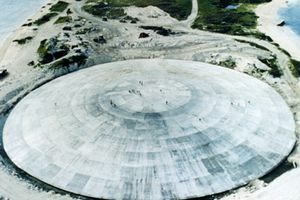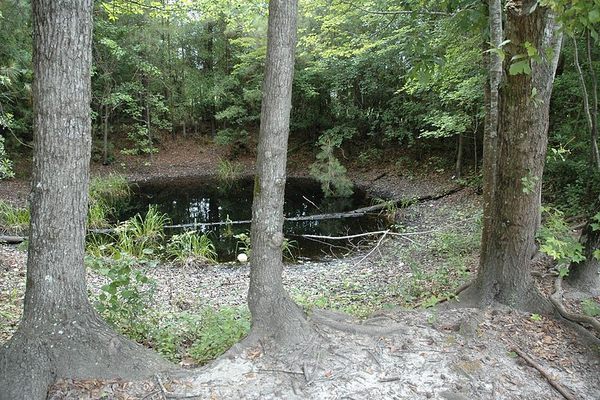About
At first glance, the barren landscape of Novaya Zemlya (Russian for New Land) might not seem like the sort of place where anything interesting has ever happened. But its remote location and small population meant that it was designated as a nuclear test site in July 1954. Over a period of over 35 years, the island was the location for 224 nuclear detonations with a total yield equivalent to 265 megatons of TNT.
On July 10, 1961, Premier Nikita Kruschev assembled his nuclear scientists and informed them of his plan to build a gigantic bomb to "show the imperialists what we could do." On October 30, 1961, a Tupolev Tu-95V piloted by Major Andrei Durnovtsev left the nearby Kola Peninsula carrying the twenty-seven-ton warhead that would become known as the Tsar Bomba. At 11:32 a.m. it was detonated above the Mityushikha Bay nuclear testing range. The gigantic blast was estimated at between fifty and sixty megatons, or around ten times the combined power of all the explosives used during World War II. The mushroom cloud reached a height of 64km (40 miles) and the shockwave traveled around the world three times before finally dissipating.
In 1963, the Limited Test Ban Treaty was implemented and atmospheric tests were banned, although underground ones continued until 1991. Most of the island still remains a military base to this day, although cruise ships often frequent the southern part of the archipelago in order to see the beautiful mountains and glaciers or catch a glimpse of some of the island's elusive polar bears.
Related Tags
Know Before You Go
There are two weekly flights from Arkhangeslk to Rogachevo airport, 9 km from Belushya Guba, the island's administrative center. Several cruise companies also sail near to the island.
Published
January 31, 2011
















